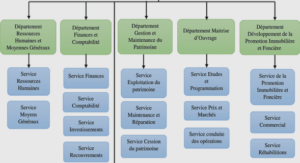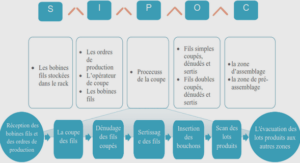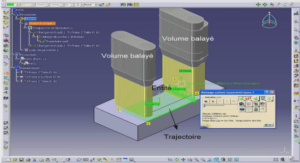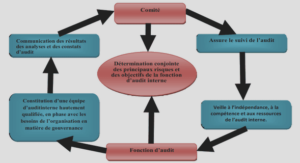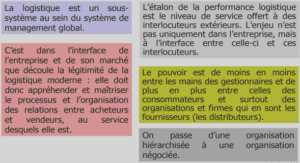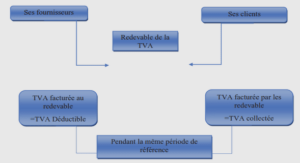Metal-air Batteries
Different electrolytes can be used in metal/air batteries: solid, organic, aqueous, or the last two separated by a conducting membrane (hybrid). In aqueous metal/air batteries using neutral or alkaline electrolytes, the oxygen reduction during discharge may be written: O2 + 2 H2O + 4e- 4OH- E° = 0.401 V I-1 Simultaneously, the reaction at the negative electrode can be generalized as: M Mn+ + n e- I-2 and the overall discharge reaction 4 M + n O2 + 2n H2O 4 M(OH)n I-3 where M is the metal and the value of n depends on the valence change for the metal oxidation. However, most metals are thermodynamically unstable in an aqueous electrolyte: they are oxidized by the electrolyte and hydrogen is generated. This reaction must be therefore avoided or minimized. The main common advantages and disadvantages of the metal/air battery system are summarized in Table I – 2.
Lithium-air Battery
Researchers at Lockheed proposed the use of an aqueous alkaline electrolyte for the Li-air battery. The overall reaction for Li-air cell is:22,23 4 Li + 2 H2O + O2 4 LiOH I-4 However, problems relating to low efficiency and major safety problems related to the side reactions of Li with water and H2 formation: 2 Li + 2 H2O 2 LiOH + H2 I-5 In addition, the presence of alkaline electrolyte results in air electrode failure due to the formation of insoluble Li2CO3 from the reaction of lithium hydroxide and CO2: 24 2 LiOH + CO2 Li2CO3 + H2O I-6 These difficulties led to the abandonment of this concept in the 1980s until 1997 when new electrolytes began to be studied.
Lithium-air Battery Electrolyte
Anhydrous Electrolyte
In order to eliminate or minimize water presence in the cell (ambient humidity can still enter across the air electrode), one approach is to use as electrolyte an organic solvent in which water solubility is minimized. By using an organic-based26 or ionic liquid-based electrolyte solution, Li2O and Li2O2 are produced during the global cell reactions: 27 2 Li + ½ O2 Li2O I-7 2 Li + O2 Li2O2 I-8 Because both Li2O and Li2O2 are not soluble in organic electrolyte solutions, both oxides precipitate in pores of the porous carbon-based cathode.
The air electrode is gradually covered by discharge products, which prevent oxygen from diffusing to the reaction sites of carbon. Impedance of the air electrode is progressively increased and the cell life is limited. The aprotic electrolyte solution has advantage to have a high dielectric constant to minimize ion pairing, a low viscosity to maximize specific conductivity and to minimize water solubility while maximizing oxygen solubility. In 1996, Abraham and Jiang28 proposed a mixture of polyacrylonitrile, ethylene carbonate, propylene carbonate and LiPF6 as 13 electrolyte. With an operating voltage of 2.9 – 3.1 V, a specific energy between 250 and 350 Wh/kg and a maximum capacity of 1.41 Ah/g were obtained. Read29 employed liquid aprotic organic solvents as electrolyte solution and obtained 1.91 Ah/g. Kuboki et al.30 obtained a maximum of 5.36 Ah/g with ionic liquid electrolyte.
Zhang et al.31 assembled Li-air batteries based on non-aqueous electrolytes (1 M LiTFSI in propylene carbonate/ethylene carbonate and 1,2-dimethoxyethane). However, a porous PTFE membrane was placed airside of the air-electrode both as an oxygen-diffusion membrane and as a moisture barrier. This membrane can also minimize the evaporation of the electrolyte. These Li/air batteries were operated more than one month with a specific energy of 362 Wh/kg under ambient conditions. The authors found that only 20 % of the pore volume of the air electrode was occupied by reaction products after discharge.
Crowther et al.32 proposed an organic-based Li-air cell in which O2 selective membranes based on hydrophobic silicone rubbers (polysiloxane–methacrylate copolymer and a commercial silicone, Semicosil 964), associated air-side of the air-electrode (Figure I – 3). The membranes exhibit high oxygen permeability and impede water transport from the atmosphere into the cell and solvent loss from the cell into the atmosphere.

